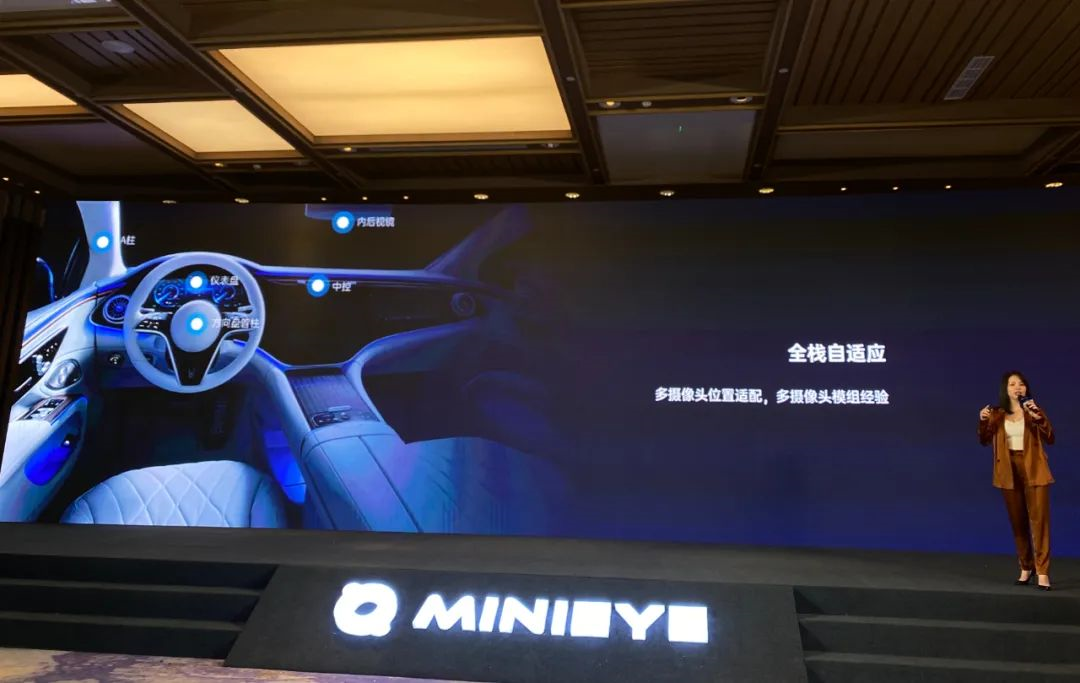Author: James Yang Jianwen
On September 27, MINIEYE launched its self-developed MINIEYE I-CS (In-Cabin Sensing) mass production solution, which also signifies MINIEYE’s official entrance into the intelligent cockpit domain.
Prior to this, MINIEYE’s main direction was autonomous driving. In the first half of this year, MINIEYE’s cumulative shipment of ADAS products reached 228,000 sets, a 245% year-on-year increase from the 66,000 sets in the same period last year. According to the official statement, “the annual ADAS product is expected to exceed 500,000 sets”.
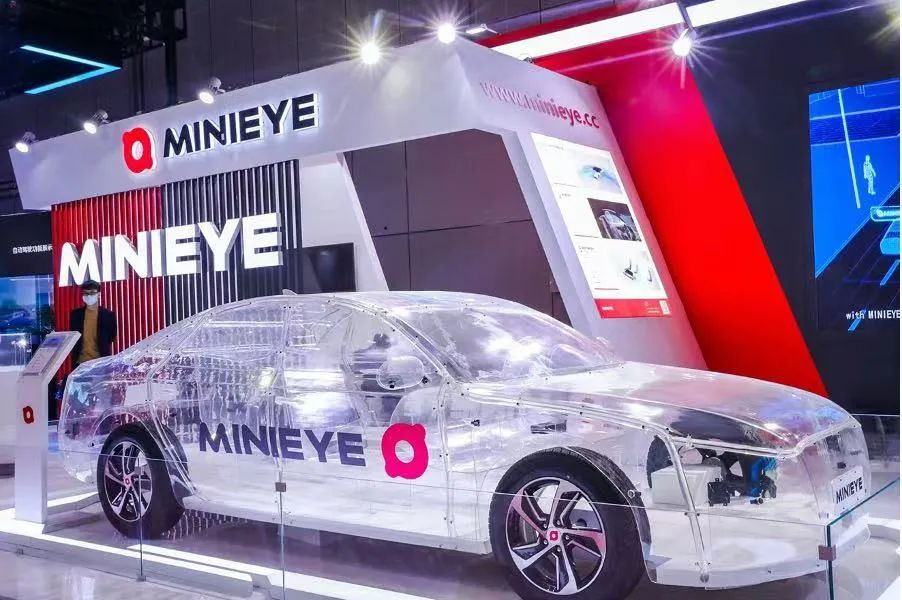
However, MINIEYE’s move into the intelligent cockpit field is not impulsive. Yang Yihong, general manager of MINIEYE’s Intelligent Cockpit Business Unit, revealed that MINIEYE perceived this demand as early as 2016 and 2017.
MINIEYE believes that the intelligent cockpit will become another “increment” driving the transformation of the automotive industry beyond autonomous driving technology.
“In the foreseeable future, smart cars will be in a ‘human-machine co-driving’ state. The reason is simple: fully autonomous driving is difficult to achieve in a short period of time and requires a gradual transition. Here, the intelligent cockpit plays a very important role. We believe that autonomous driving and the intelligent cockpit are highly interconnected and it is difficult to completely separate them.”
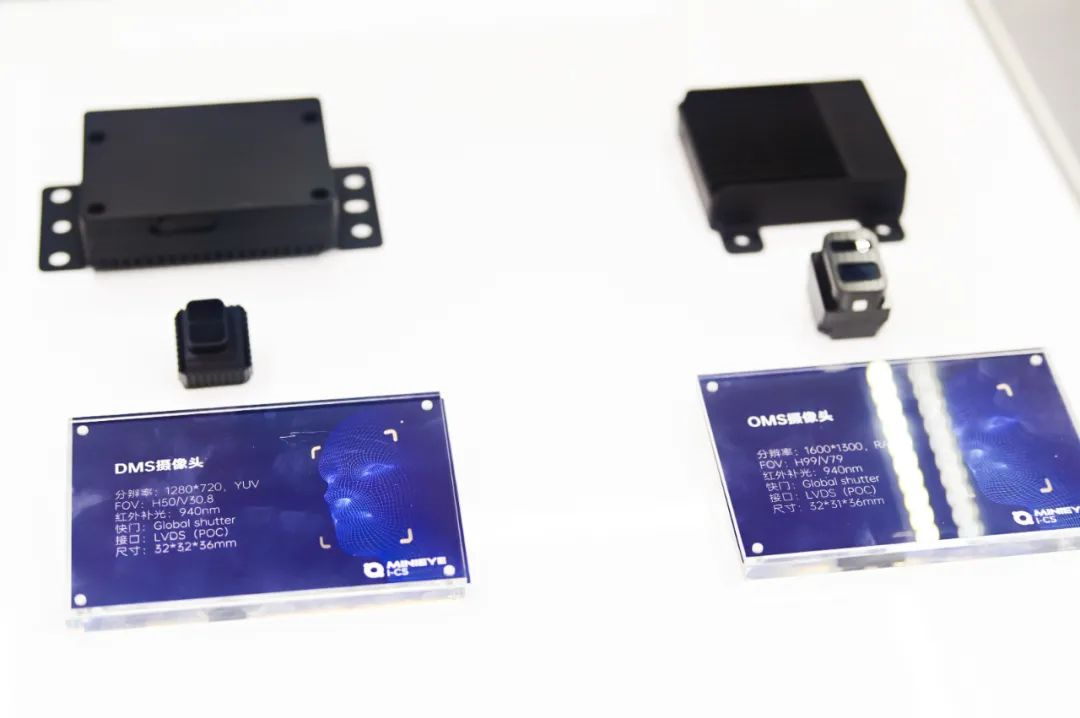
Based on this consideration, MINIEYE decided to enter this industry. The prior technology accumulation in intelligent driving (such as visual perception) could also help MINIEYE to better design the cockpit.
In 2017, MINIEYE began research and development on the intelligent cockpit. In 2019, MINIEYE formally upgraded the cockpit team to the Cockpit Business Unit, increasing its importance by one level.
Currently, MINIEYE has established R&D teams in Beijing, Shanghai, and Shenzhen to continuously promote the product research and iteration of in-car technology.
I-CS In-Cabin Sensing Solution
This is the focus of the current press conference.
The I-CS solution is built on computer vision technology and artificial intelligence to include driver monitoring system (DMS), passenger monitoring system (OMS), object recognition, and human-vehicle interaction system with high precision, efficiency, and robustness.
Most of the current intelligent cockpits follow a “passive logic”, where people find services. MINIEYE now wants to “see user needs and make proactive decisions.”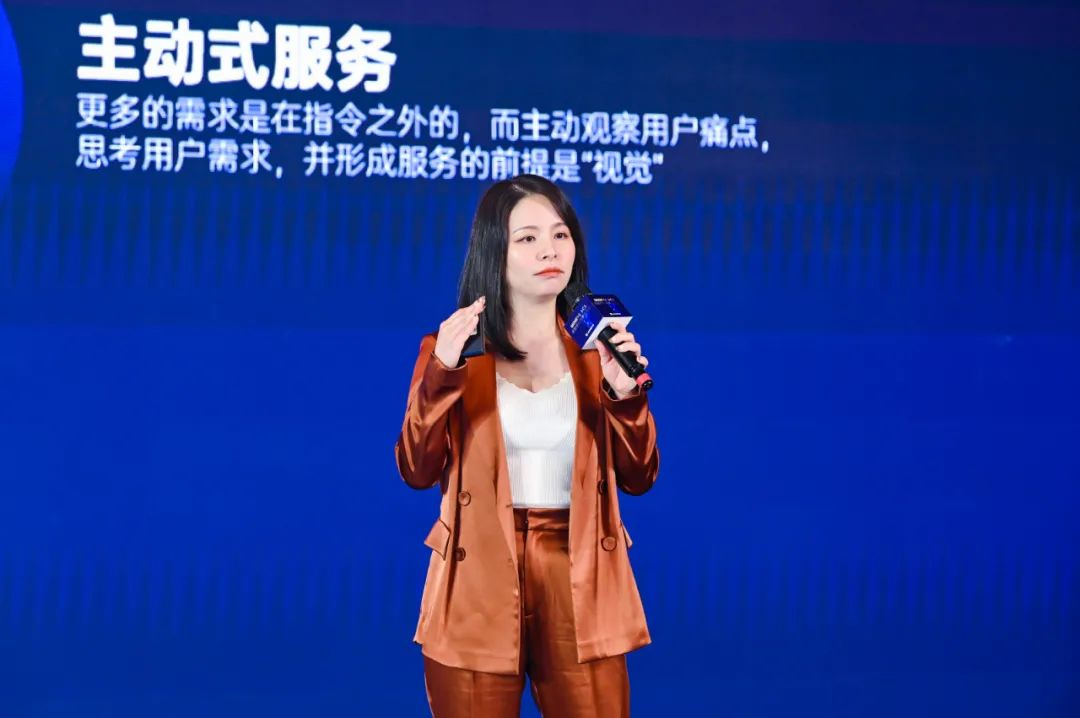
Therefore, MINIEYE proposes I-CS, which provides active services for five major application scenarios: seamless entry into the car, safety takeover, fatigue monitoring, child care, and multi-person entertainment.
Seamless Entry into the Car: When the user approaches the sensor, they can quickly complete the liveness judgment and identity recognition without any action coordination, the system will proactively open the car door and quickly log in to the car system.
Here, I-CS uses contactless identity recognition and liveness detection technology, and has both 2D and 3D camera solutions, supports the cross identity verification of RGB images and IR images, and can judge whether someone is using photos and videos to deceive your camera.
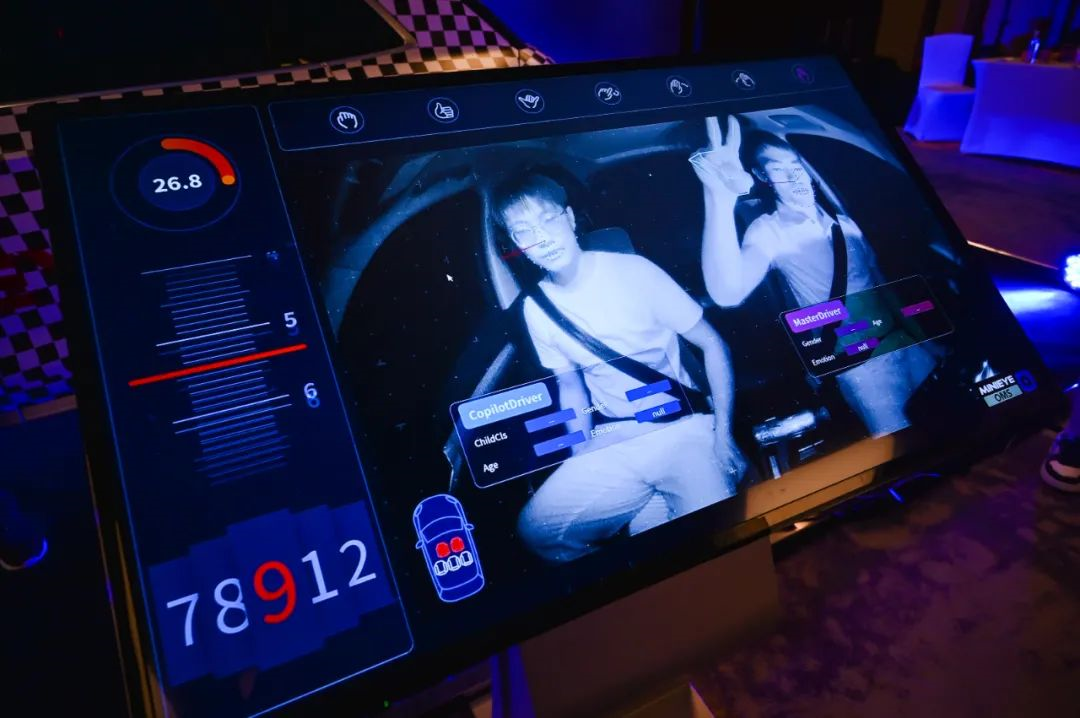
Safety Takeover: I-CS has two sets of visual solutions, and the visual perception accuracy can be increased by 3 times. It can judge whether the driver’s line of sight falls within the 7 gaze regions of the front road surface, central console, AI assistant, rear-view mirror, etc. By analyzing the driver’s attention, it ensures that the driver can take over the vehicle in autonomous driving state in critical moments.
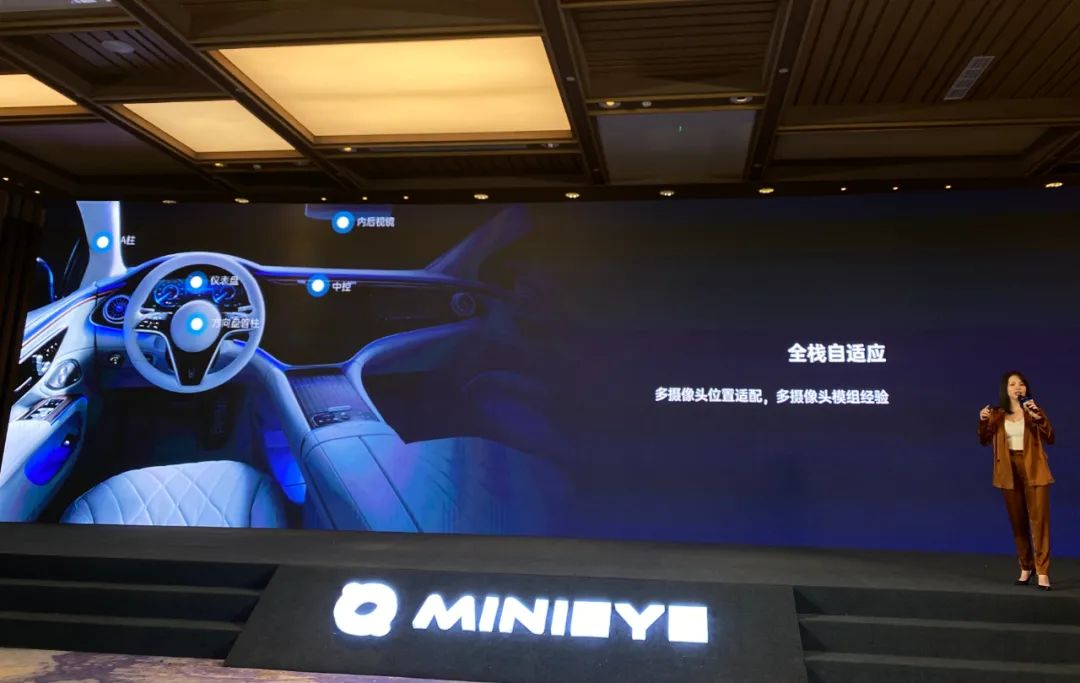
Fatigue Monitoring: For personal driving scenarios, I-CS has developed a complete and EU standard-compliant fatigue monitoring system, which can real-time monitor multiple indicators such as driver head posture, eye opening and closing degree, line of sight direction, and blink frequency. MINIEYE also quantifies the fatigue level according to different behavioral characteristics of the driver to timely warn or terminate dangerous driving behavior, reducing accidents.
Currently, this fatigue monitoring system has been used on more than 100,000 cars. In the process of obtaining a large number of real-world environment cases, it will help MINIEYE obtain more multidimensional information referable to fatigue and better polish the algorithm, achieving more accurate cabin sensing.
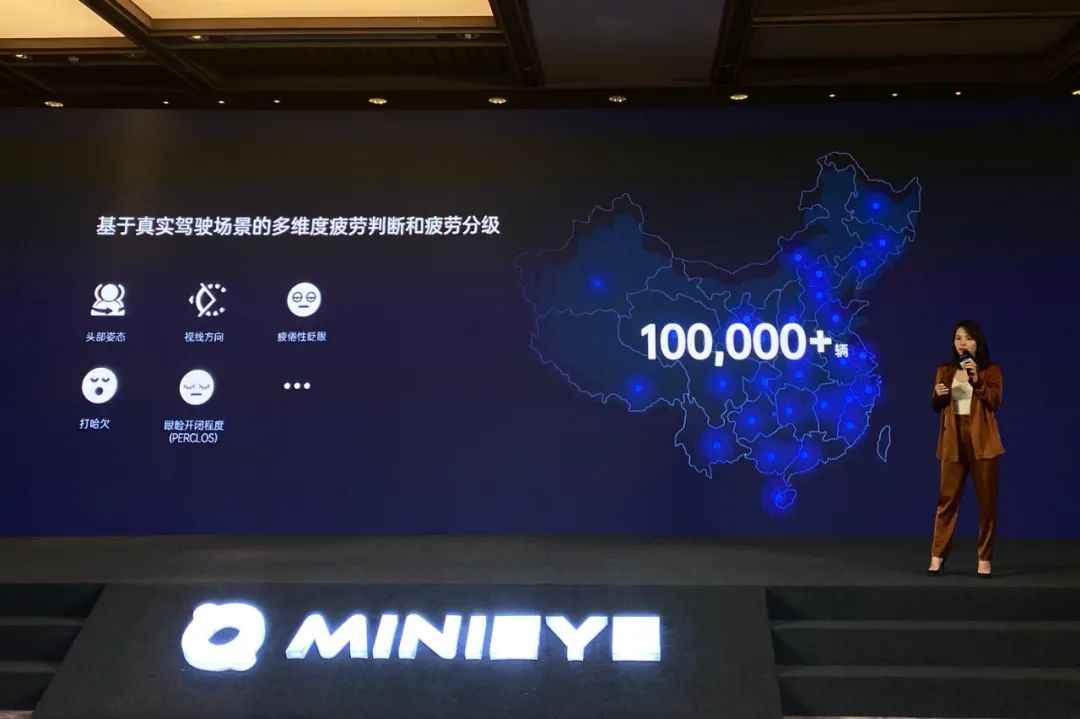
Child Care: I-CS can accurately judge adults and children through comprehensive analysis of facial attributes, body proportions, and height information. When a child is identified, the system will proactively trigger the child care function, continuously monitor the child’s status and behavior, and provide real-time feedback to the front row parents to remind them to take necessary measures. Once a child is forgotten in the car, the system will remind the driver to return. If there is no response for a long time, it will immediately alarm.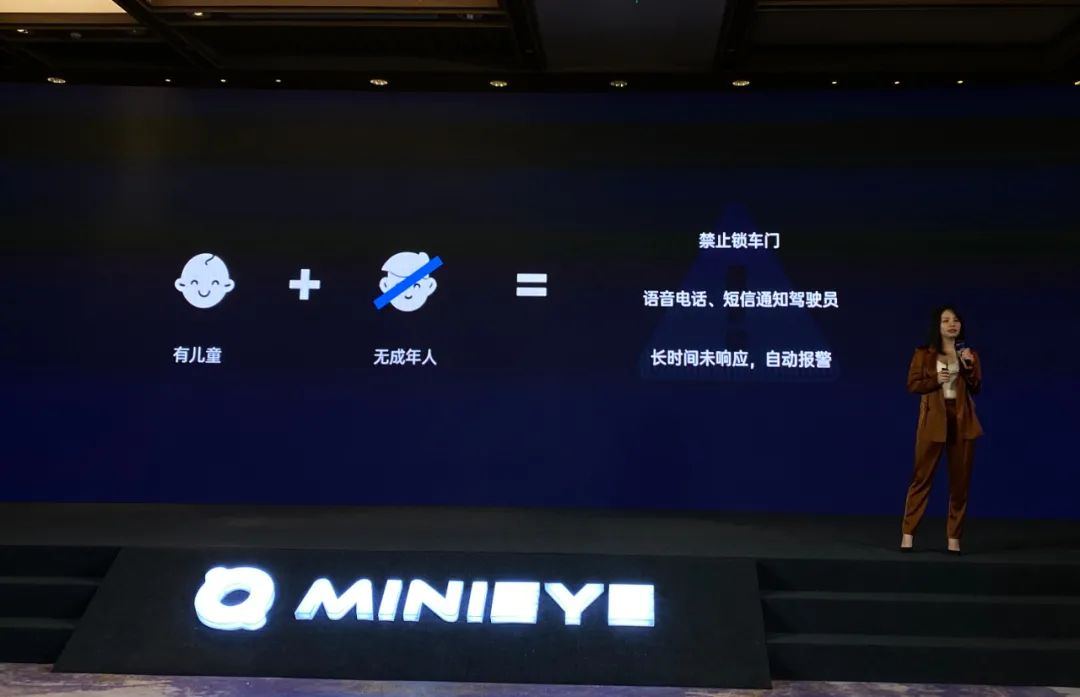
Multi-player entertainment: I-CS innovatively connects the front and rear interactive spaces, and supports various natural body language interactions such as eye contact, gestures, and head movements to achieve convenient multi-person interaction in multiple positions. In this scenario, the function of the intelligent cabin is no longer limited to the front row near the center console, and all users in the cabin can experience the proactive service of the intelligent cabin.
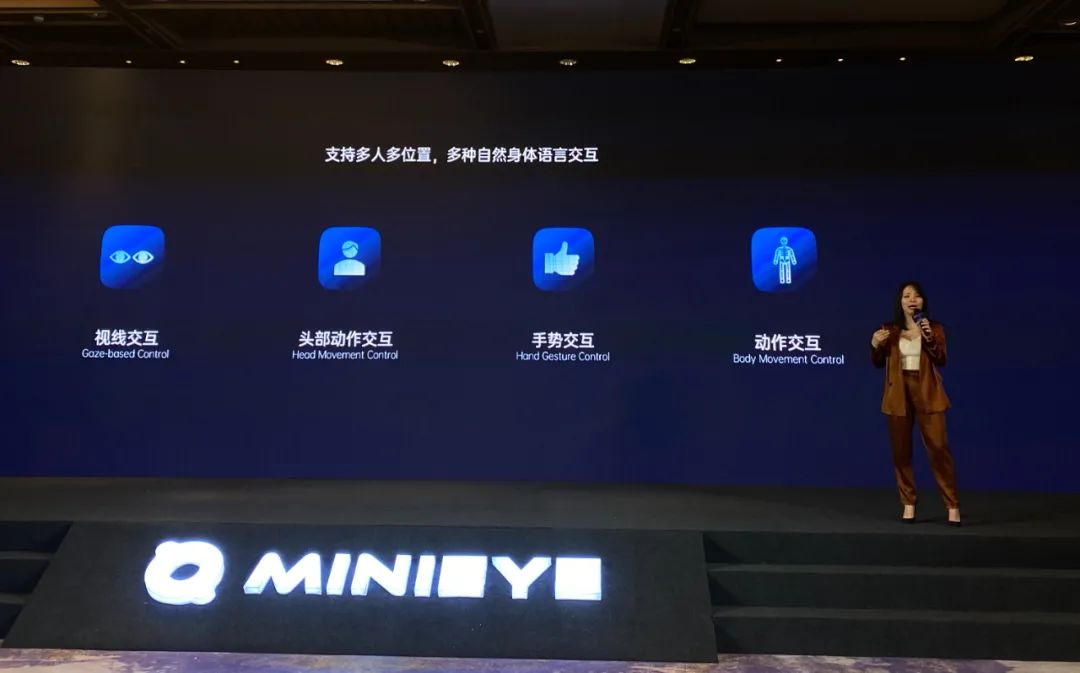
The business model of I-CS is also flexible. It can provide pure software algorithms or provide software and hardware integrated solutions, and adjust according to customer needs. Liu Guoqing, the CEO and founder of MINIEYE, said: “Our positioning can be Tier1 or take a step forward to Tier 0.5, cooperating with OEM customers and fully participating in their entire intelligent cabin design.”
Conclusion
For MINIEYE, stepping into the intelligent cabin field from autonomous driving is actually within expectations. After all, MINIEYE has done well in perception all the time.
For a long period in the future, cars will still be in the stage of “human-machine co-driving”, and intelligent driving + intelligent cabin will cooperate and even integrate with each other, creating more possibilities.
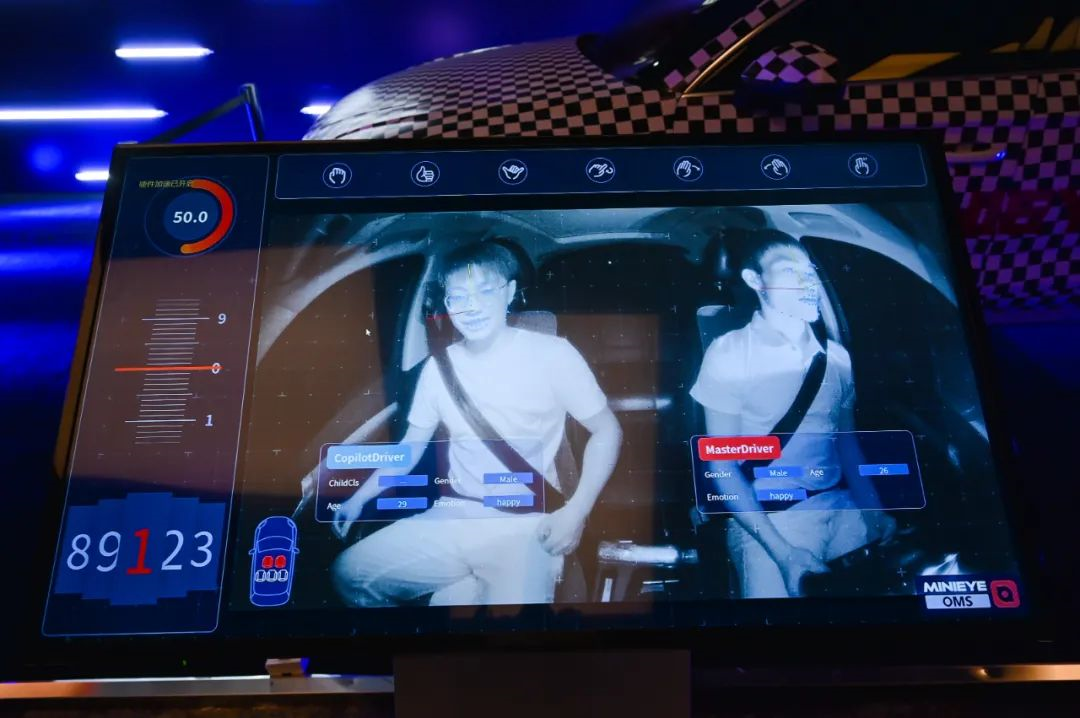
Take the driver monitoring system as an example. Although it is in the cabin, it belongs to the intelligent driving part. Facial recognition of the driver can be used not only to judge the driver’s condition, but also to derive other intelligent cabin-related applications, such as providing services timely based on the driver’s condition, or automatically opening windows when the driver smokes.
Therefore, for MINIEYE, entering the intelligent cabin field has achieved the reuse of capabilities and expanded the capability boundary, which is of great benefit to expanding revenue, telling the story of being a good technology supplier, and future financing.
Later, intelligent cabin can even drive the incremental business of intelligent driving. Take the example of the I-CS solution, which has already won over 30 passenger car models. Some major OEMs like FAW, Dongfeng, and Geely have been customers with mass production cooperation.
As Liu Guoqing said: “We used to have only one leg (autonomous driving), now when autonomous driving and intelligent cabin work together, walking with two legs can be more stable and go further.”
For MINIEYE, this is another new beginning.
This article is a translation by ChatGPT of a Chinese report from 42HOW. If you have any questions about it, please email bd@42how.com.
